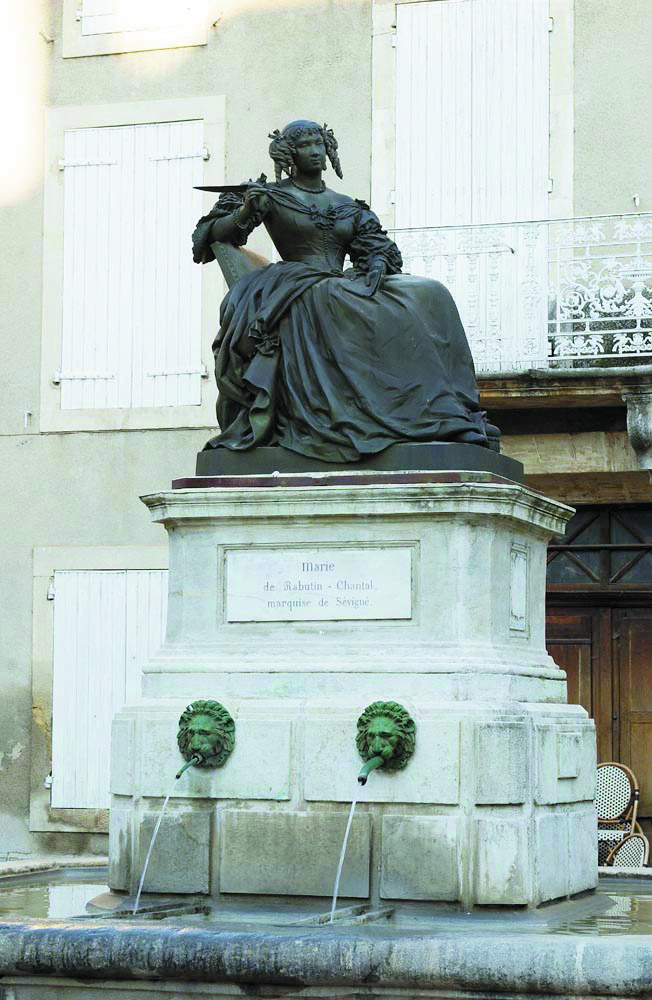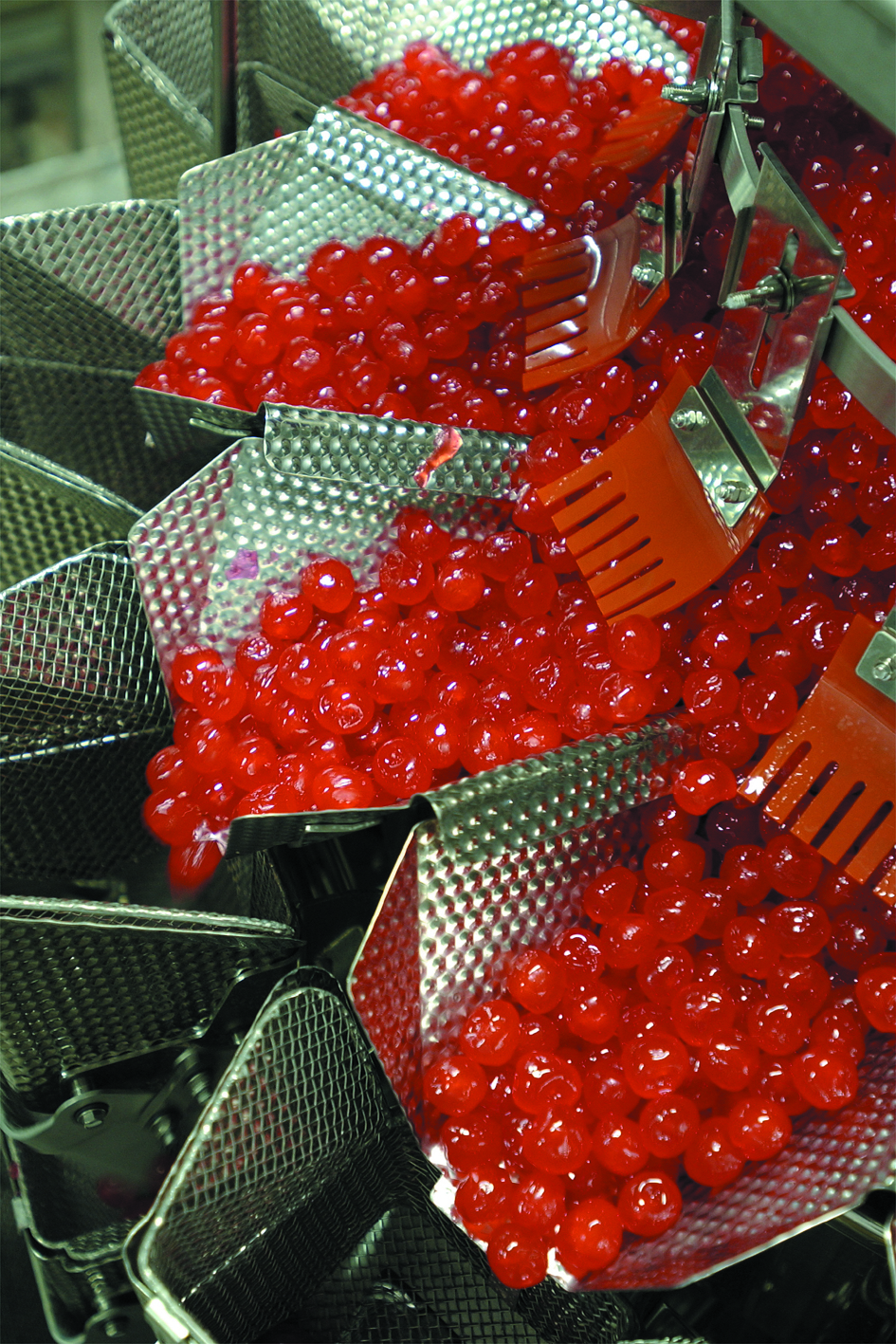The candied Provence cherry
The production of the candied cherry of the Luberon and the Monts de Vaucluse goes back to the High Middle Ages. It is said that the delicacy was offered to Popes Urban V and Clement VI who were sitting in Avignon and appreciated it very much. Later on, in the 17th century, it had no trouble attracting the graces of Madame de Sévigné who spoke of Apt in one of her letters to her daughter, Madame de Grignan, as a « jam cauldron ».
The production of cherries for jamming is traditional in Provence. For centuries, its fame has gone far beyond its size and its color illuminates the senses. The sweet fruit, with its exquisite sweetness, delights the palates of many gourmets and gourmets, as much as it shapes the landscape and the economic life of the region.


The cherry intended for the confisage, is the object of all the attentions. It is cultivated in the valleys and on the sunny hillsides of pre-alpine Provence, then selected according to very precise criteria. A know-how which finds its origin in the mists of time.
Only the « Napoleon » bigarreau and similar varieties such as the Camus cherry or the Rainier cherry are selected for production.
Their varietal characteristics offer many advantages: the shape of the fruit, its flavor, its texture and its firmness are all criteria selected by the confectioners that make the quality of the candied cherry of Provence. These varieties have, moreover, important assets:
- the stone does not adhere to the flesh of the fruit,
- the stalk removal is easier than on other varieties,
- the fruit, by its firmness, is well adapted to the confisage.
The candied cherry of Provence is a fruit of predilection for the manufacturers of pastries and confectionery. Its brightness and its shape give it a decorative role of first plan, which makes it possible to heighten many preparations. Its texture and flavor make it an indispensable ingredient for pastry making.
The candied cherry is used all year round by pastry chefs, restaurants and individuals. In the heart of winter, it presides over the success of recipes such as the traditional Provençal Kings’ Cake or the Valentine’s Day Cake.
It can also be enjoyed in cocktails, milky desserts or sweet and sour dishes, etc.





